There was a time in ancient history when the priesthood in various cultures were required to sever their penis’, or what is more 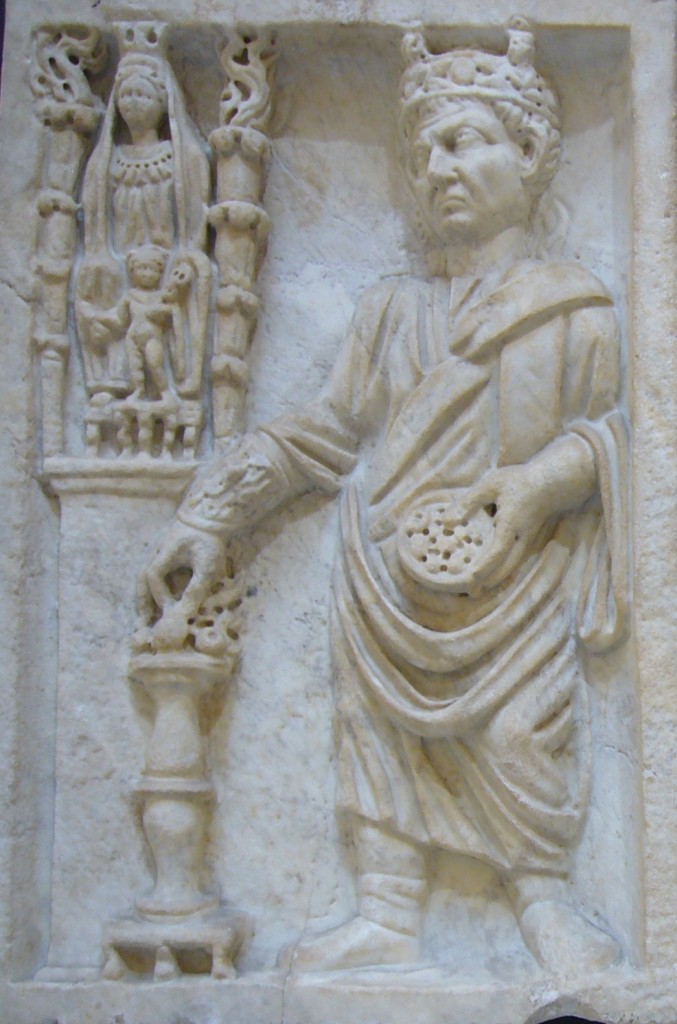 commonly known as castration. These priests were first known as eunuchs (/ˈjuːnək/; Greek: εὐνοῦχος) and the Galli, who according to Herodian were named after a river called Gallus in Phrygia which is another name for the Mediterranean island of Crete.
commonly known as castration. These priests were first known as eunuchs (/ˈjuːnək/; Greek: εὐνοῦχος) and the Galli, who according to Herodian were named after a river called Gallus in Phrygia which is another name for the Mediterranean island of Crete.
The Cretan Galli celebrated the rites of the Goddess near the River Gallus, and it was reported that if you drank the water it would drive you mad. During the celebrations they would dance wildly in circles, beat drums, howl like wolves, and slash at their skin until it bled to which relates that of Ovid;
“Gallus, with his distracting Waters Glides, On Green Cybele and Cylene’s Sides.”
The meaning of the word eunuch is an emasculated person, and which we may also connect with the biblical Enoch that is derived from the Hebrew name חֲנוֹך (Chanokh) meaning “devoted or dedicated”. It was said that castration was most often carried out on the soon-to-be eunuch without his consent in order that he might perform a specific social function.
Eunuchs were often employed as priests and royal court officers, who many of them had great power and influence. They were also in charge of the priestesses of the Goddess as chamberlains; i. e. those who have charge of the bedchamber. In ancient Egypt it came to be applied to any court officer, whether they were castrated or not.
We learn from Clemens of Alexandria, that Pythagoras the philosopher and first true mathemagician was made an eunuch. Herodotus had said that in Persia they were far from being objects of contempt, but were frequently promoted to the highest offices. They had worn woolen good and were said to dress like the woman of that time. One of the great generals in the service of the Byzantine Emperor, Justinian I Narses was an eunuch, and also Hermias, governor of Atarnea in Mysia was also an eunuch.
Herodotus further stated; “The Orders to which the priests belonged were governed by strict rules enforced by means of oaths ani penance. Cleanliness being next to godliness was strictly enforced. Twice a day and oftentimes twice a night the priests were required to take baths. Every three days the hair on the head was clipped, and only in cases of great sorrow was the hair permitted to be worn long.” Castration, with the object of celibacy, was performed by the ancient priests or monks,” and Clemens states that “Pythagoras, the philosopher, was made an eunuch.”
The earliest records for intentional castration to produce eunuchs are from the Sumerian city of Lagash in the 21st century BC. The fourth century AD Roman historian Ammianus Marcellinus (14.6.17) attributed the origin of male castration to the legendary Assyrian queen Semiramis.
This priesthood I have written about many times before. They are originally from the holy island of Crete, and their place of initiation was on the sacred mountain of Mount Ida. The same exact location where many brethren of this secret brotherhood were initiated into the secret mysteries, such as one of the founders of the ancient Gnostic mysteries of Orphism, who was said to be a Cretan man named Epimenides (Greek: Ἐπιμενίδης) and whose tattooed body and skin were held venerable by the ancient Spartans. This was also the same exact place where Pythagoras was initiated.
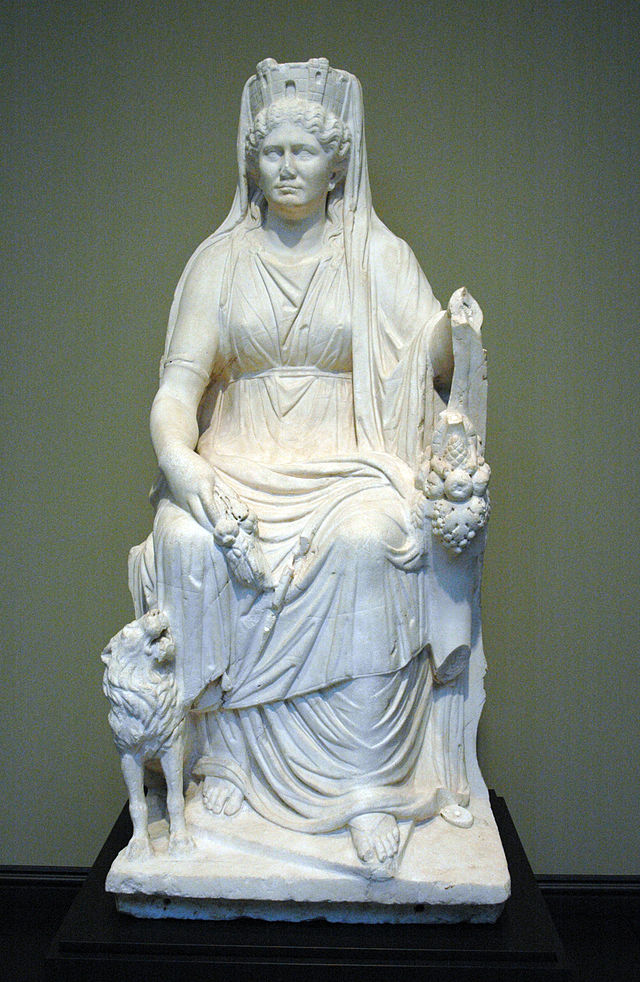 The priesthood of the Goddess known by various names such as Cybele, Rhea, Diana, and many other names were known to be castrated. Some voluntarily and some by force. This secret priesthood was also known by many other names such as the priests of Diana of Ephesus, Priests of Isis, Priesthood of Pan or Jupiter, the Curetes, and many other names, who were originally from the ancient holy island of Crete. Strabo had written, that the various groups known as the Curetes (Kuretes), Corybantes, Idaean Dactyls (Judeans), Cabiri, and Telchines were names that are often used interchangeably with one another.
The priesthood of the Goddess known by various names such as Cybele, Rhea, Diana, and many other names were known to be castrated. Some voluntarily and some by force. This secret priesthood was also known by many other names such as the priests of Diana of Ephesus, Priests of Isis, Priesthood of Pan or Jupiter, the Curetes, and many other names, who were originally from the ancient holy island of Crete. Strabo had written, that the various groups known as the Curetes (Kuretes), Corybantes, Idaean Dactyls (Judeans), Cabiri, and Telchines were names that are often used interchangeably with one another.
Today we can find many of the descendants or remnants of their priesthood in the Christian Church, and they are also mentioned by Jesus in the bible.
In Mathew 19:12, Jesus says, “For there are eunuchs who were born that way, and there are eunuchs who have been made eunuchs by others–and there are those who choose to live like eunuchs for the sake of the kingdom of heaven. The one who can accept this should accept it.”
THE PRIESTS WITH NO PENIS
Many of these priests would eventually be the first priests to convert to Christianity. The same priesthood we see today would most likely descend from these same priests. We could call them the priests of Atlantis who in reality descended from the island of Crete, Greece, Egypt, and the surrounding lands in which they had immigrated.
The original legend of Attis comes to us from the island Crete where he was worshipped together with Europa, along with his great Cretan Mother of the earth who was known by several names such as Cybele, Rhea, Isis and Agdistis. In Rome, Cybele was known as the Magna Mater.
The story of Attis is also told by Ovid (Fasti, iv, 223-372): Attis was a beautiful shepherd beloved of Cybele, who imposed upon him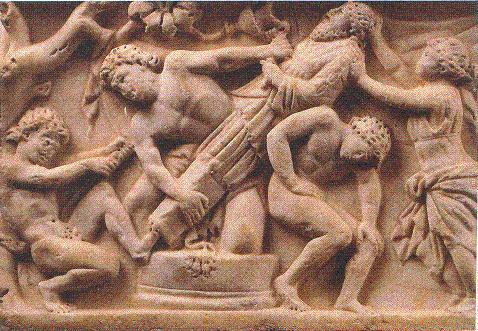 the vow of chastity. Having broken his vow, he was made insane by the goddess, in which condition he unmanned himself. When, in consequence thereof, he attempted to kill himself, Cybele changed him into a fir tree, and decreed that henceforth her priests should be eunuchs. The myth represented the successive death and regeneration of nature, due to the changes of the seasons.
the vow of chastity. Having broken his vow, he was made insane by the goddess, in which condition he unmanned himself. When, in consequence thereof, he attempted to kill himself, Cybele changed him into a fir tree, and decreed that henceforth her priests should be eunuchs. The myth represented the successive death and regeneration of nature, due to the changes of the seasons.
Attis was the Phrygian god of vegetation, and in his self-mutilation, death, and resurrection represents the fruits of the earth, which die in winter only to rise again in the spring. Strabo (12.5.3) writes that the priests were potentates in “ancient times.” These priests had used to castrate themselves as devotees of the Mother of the Gods which was a symbolic sacrifice of their own individual fertility. On the island of Crete the priests of Agdistis or Cybele and the priests of Diana were all required to be castrated in a ceremony.
I had written about Attis in my article” Who is the Antichrist“, where I explain the meaning of the name Attis, Atys, Attes (Ancient Greek: Ἄττις or Ἄττης) “The Sinner,” and according to Herodotus , he was known as the son of the god. The Phrygians are said to be the oldest race in Asia Minor who worshiped Attys as the “only begotten son,” as a savior.

Moe is the founder of GnosticWarrior.com. He is a father, husband, author, martial arts black belt, and an expert in Gnosticism, the occult, and esotericism.


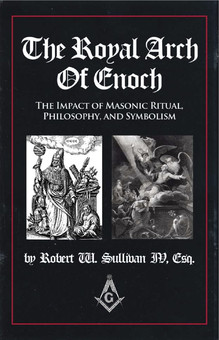

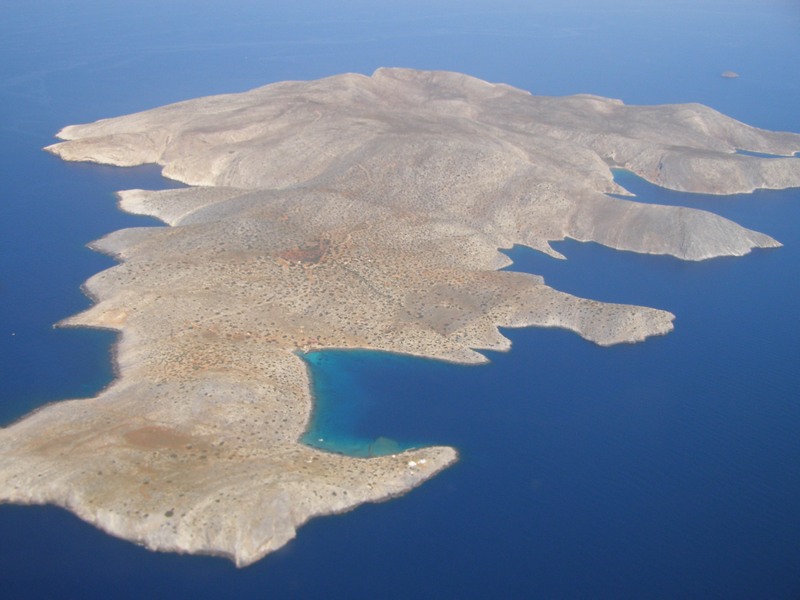
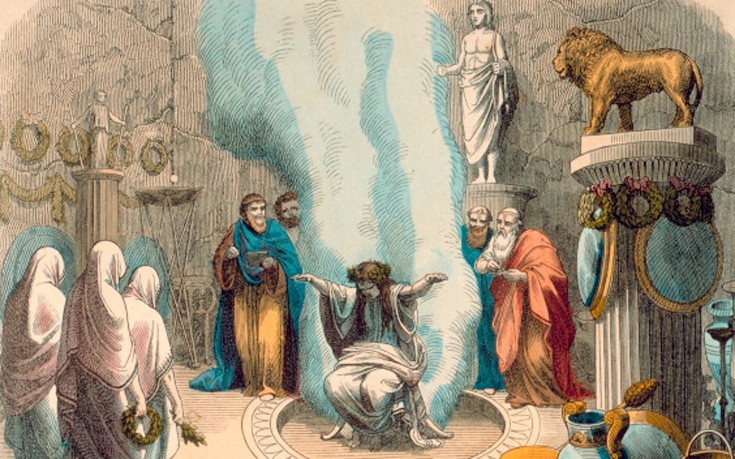

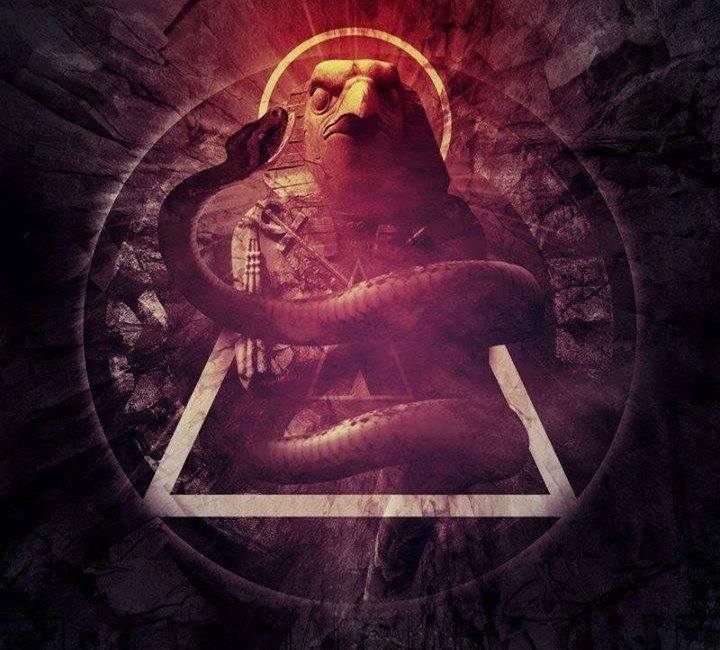

Hello. I would love to know exact place in Clement of Alexandria where I can find mention that Pythagoras was made a Eunuch.
I have written and am writing ( revising) my in-depth essay on “Pythagoras and the Cult of Zeus”. You can find the first half of this on tumblr. My account there is under the name “lovelysublimeconnoisseur”
Key to understanding the Pythagoras “purification” by Epimenides or the “priests of Morgos” (Porphyry) is the real nature of the “keravnos lithos”, which has been translated as “thunderstone” by K.S.Guthrie. Was this a sharp, miniature double-axe…or…is this a cathartic substance, such as a hallucinogen?
Enoch was Greatgrandfather to Noah ,must have had his? Please read Deuteronomy chapter 23 verse1
Thanks for pointing that out to me and that verse.
“No one who is emasculated or has his male organ cut off shall enter the assembly of the LORD. 2″No one of illegitimate birth shall enter the assembly of the LORD; none of his descendants, even to the tenth generation, shall enter the assembly of the LORD.…